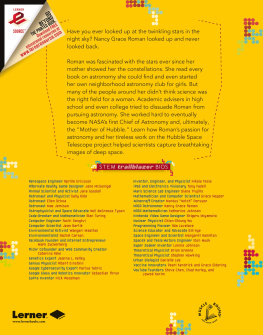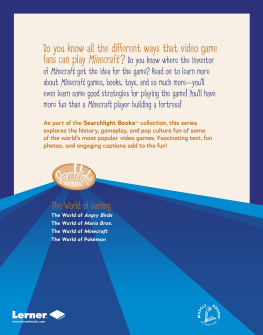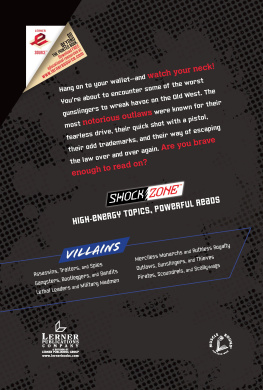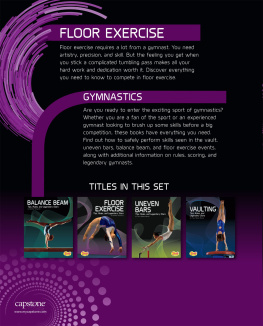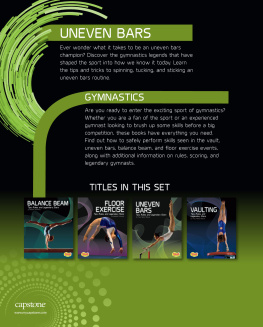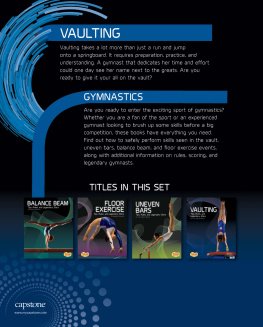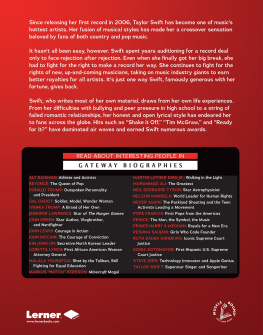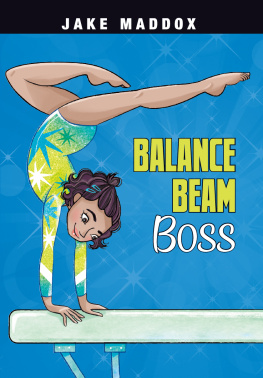The balance beam used at the Olympics is 4 inches (10 centimeters) wide and 16.4 feet (5 meters) long. It is 4.1 feet (1.2 m) high.
Beginning gymnasts perfect their moves on the floor first. Learning skills on the floor helps gymnasts build confidence, strength, and technique. When they jump, turn, and flip through the air, they can use a line of tape on the mat and pretend it is a balance beam. On the mat, they can do this without fear. They dont have to worry about falling off the beam.
When gymnasts are ready, their coaches and trainers help them take their moves from the floor to the beam. They dont have to head straight for a high balance beam. There are lower beams available for practice. Lower beams give gymnasts even more time to build confidence and skills. They can progress from using practice equipment to working on a high balance beam.
Fast Fact:
Low balance beams are 4 inches (10 cm) wide just like high beams. Some lie right on the ground. Others are 6 to 7 inches (15 to 18 cm) off the ground.
What to Wear
Gymnasts cant train in bulky, stiff, street clothes. They need to move and bend easily and comfortably. But their clothing cant be too baggy. Otherwise, coaches wont be able to tell if the gymnasts are in the right positions.
Most female gymnasts wear a leotard to train. Leotards are fitted and also very stretchy. Gymnasts usually go barefoot, but sometimes wear special gymnastics shoes. Socks and other kinds of shoes are too slippery to be safe.
CHAPTER 2
Tricks to Try
Once your coach decides youre ready, there are plenty of tricks to try out on the high beam. You start with learning and basic skills before moving on to more advanced moves.
Mounting the Beam
Moves look amazing on a regulation high beam. Before gymnasts try these moves, they have to mount the balance beam. Scrambling up awkwardly certainly wont impress anyone. But mounting the beam doesnt have to be complicated either. Basic mounts work just as well as more difficult mounts.
Front Support Mount
Stand facing the side of the beam. Put your palms on the beam and grip the far edge with your fingers. Push down and jump up, extending one leg over so you arrive straddling the beam.
Leg Swing Mount with Half Turn
Stand parallel to the beam on your left side. Step your left foot forward and place your left arm on the beam. Swing your right leg forward and up over the beam. At the same time, twist your body 180 degrees, so both hands are on the beam. You will arrive straddling the beam in the opposite direction from where you began.
Dismounts
The dismount is just as important as the mount. In competition, its even more important because its the last move judges see. Gymnasts perform jumps, twists, and flips as they dismount the beam. When they land, they have to stick it. That means they have to land on their feet with no extra steps once they hit the mat.
Forward Walk
Stand on the beam with your hands on your hips. As you step forward, keep your knees straight. Swing your foot slightly out to the side of the beam. Point your toe and place it on the beam in front of you.
Relev Walk
Stand on the beam with your hands on your hips. Lift your heels so you are up on your toes. As you step forward, keep your knees straight. Place your foot directly in front of you onto the beam.


